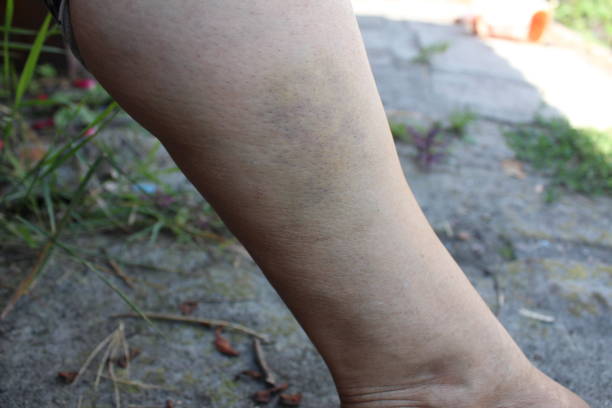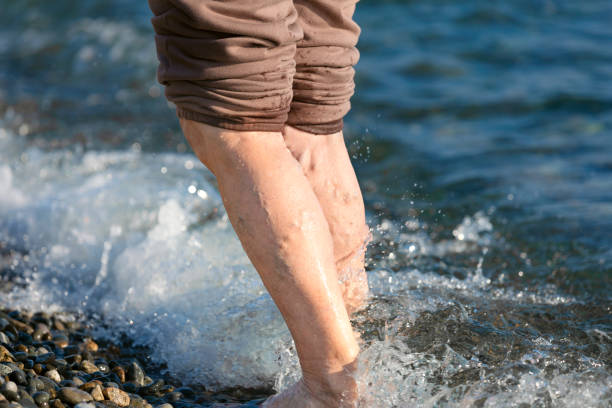
Varicose Veins vs. Chronic Venous Insufficiency: What’s the Difference?
Varicose veins and chronic venous insufficiency (CVI) are often confused, but they’re not the same. Varicose veins are the visible, bulging veins on the surface, while CVI is the deeper circulation problem that can cause swelling, skin changes, or ulcers if left untreated. Recognizing the difference helps you know when it’s time to seek expert care.








